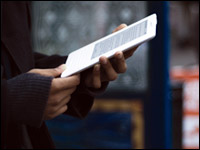
You know Amazon’s Kindle has arrived as a consumer electronics product — and pop culture talking-point — when Stephen King makes the electronic book reader a major character in one of his forthcoming works.
King was on stage at New York’s Morgan Library on Monday when Amazon CEO Jeff Bezos turned the page on Kindle 2, the newest version of its electronic book reader that in 2008 gained the endorsement of Oprah Winfrey and presented company executives with a happy problem in a deteriorating economy: It couldn’t keep enough of them in stock.
“Kindle 2 is everything customers tell us they love about the original Kindle, only thinner, faster, crisper, with longer battery life, and capable of holding hundreds more books,” Bezos said in a company press statement. “If you want, Kindle 2 will even read to you — something new we added that a book could never do.”
Bezos is referring to the Kindle 2’s Read-to-Me feature; a male or female voice can instantly turn whatever text you’re reading into an audio book. Later this month, that voice in your Kindle will try to scare the pants off of you with King’s new exclusive-to-Amazon novella “Ur,” which features a jilted professor buying one of the e-readers that “unlocks a literary world that even the most avid of book lovers could never imagine. But once the door is open, there are those things that one hopes we’ll never read or live through,” according to the press statement.
Kindle 2.0’s Specs
The agreement with King is meant to highlight Amazon’s library of e-reader titles, all available at any time to Kindle owners via its Whispernet wireless delivery system that rides on the back of Sprint’s 3G national network. “While we’re excited about Kindle 2, we know that great hardware is useless without vast selection,” Bezos said. “That’s why the Kindle Store offers customers over 230,000 books.”
While the first version of that hardware was successful from a sales standpoint, reviewers weren’t thrilled with the overall clunky style and non-intuitive button placement. Amazon attempted to remedy that with the Kindle 2 by apparently looking to Apple for design inspiration. The product is now thinner (0.36 inches), weighs less than 10 ounces and features a five-way controller that Amazon promises will be easier to use than the original buttons.
Amazon also added some juice to the technology inside the Kindle. Color pages still won’t show up on the product’s 6-inch screen, but the display now offers 16 shades of gray; the original Kindle had four. The processor inside the Kindle 2 speeds page turns 20 percent faster than before, the battery life has been extended by 25 percent (four to five days of reading with wireless on; two weeks with wireless off) and there are now 2 GB of memory, which hold the equivalent of 1,500 books. The first Kindle could store approximately 200 titles.
The one thing that hasn’t changed is the price: US$359. That may prove to be the biggest obstacle yet for Amazon as the global economy continues to rival King for providing chills and frights.
Kindle-ing New Revenue?
“If it were twelve to 18 months ago, I’d say that price point would be good,” IDC analyst Danielle Levitas told the E-Commerce Times. “But in this economy, being above $299 or $249, that’s obviously somewhat of an inhibitor.”
The new Kindle goes on sale Feb. 24, and pre-orders are now being accepted. Amazon has never released sales figures on the Kindle, but an analyst for CitiGroup estimated the company sold half a million in 2008.
The “avid reader” market has accounted for the Kindle’s success so far, but taking it to the next chapter in sales growth will involve new markets, Levitas said. “What brings it into the 3, 5 or 8 million units-a-year number, that’s where you clearly innovate into the educational and commercial markets. Law firms, hospitals — there are various commercial channels that would benefit from a library of content to look up instantly.” New, flexible display innovations will also factor into success with expanding the Kindle’s base, she added.
“That $359 price does imply that people will need to read a lot of books to make it worthwhile,” Roger Kay, principal of Endpoint Technologies Associates, told the E-Commerce Times.
Reviewing the Sequel
Kay, who has worked on speech-to-text and text-to-speech issues with companies for several years, is intrigued by the Kindle’s Read-to-Me feature. “It’s interesting. The problem of text-to-speech is that it’s relatively easy to do compared to the other way around, but the question is — can you get listenable speech? Can you have this robot that doesn’t sound too robotic? The people who take to that (audio book) medium aren’t quite used to hearing things that way, but they can still basically get the narrative.”
Kindle 2 is “a solid revision on an already successful product. I think it’s a victory for the book, to take a form factor like this and come into the present day. I think it’s surprising how much uptake the first Kindle had,” Kay said.
Amazon was obviously listening to those who found the glitches in style and usage of the first Kindle, Levitas said. “The form factor is obviously important — you want it to be pocketable, yet with a good enough, big enough screen size. Keeping it light, keeping it relatively thin is an important driver to make it more attractive to folks who are avid readers but who aren’t sure if it’s the right selection for them.”
And having Stephen King on board to help scare away doubts about buying a Kindle in a recession? “That’s not the main news, but King is an incredibly popular author. It’s a nice win,” Levitas said.

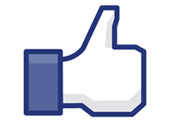
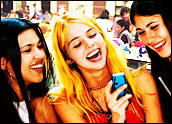
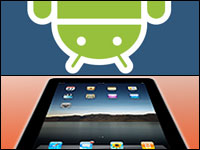
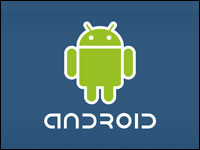
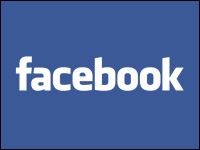
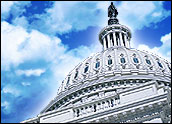
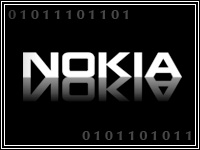
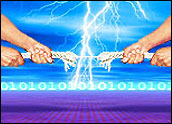
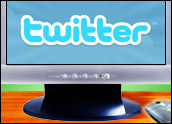
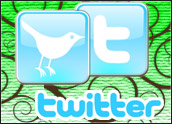











































Social Media
See all Social Media